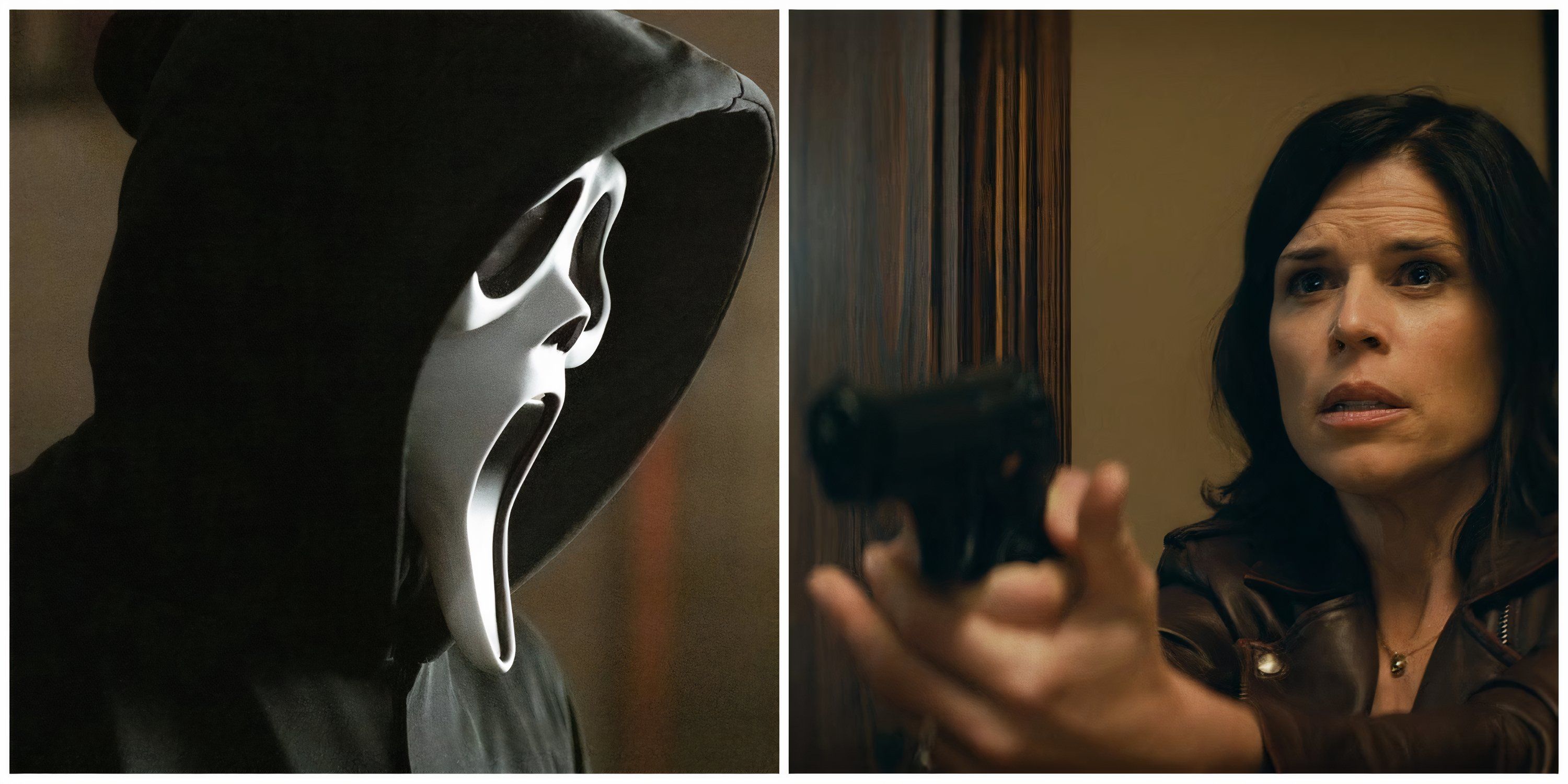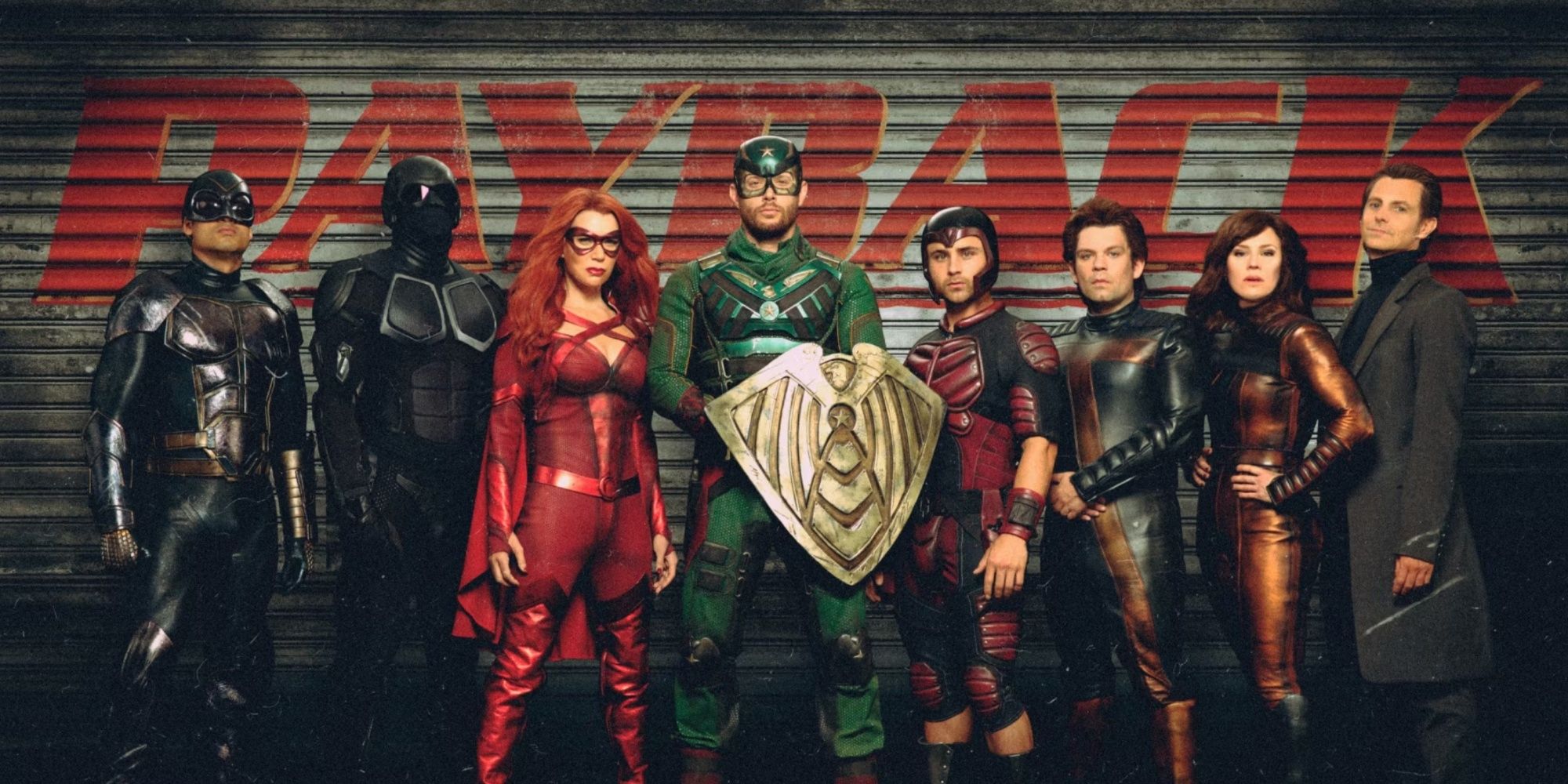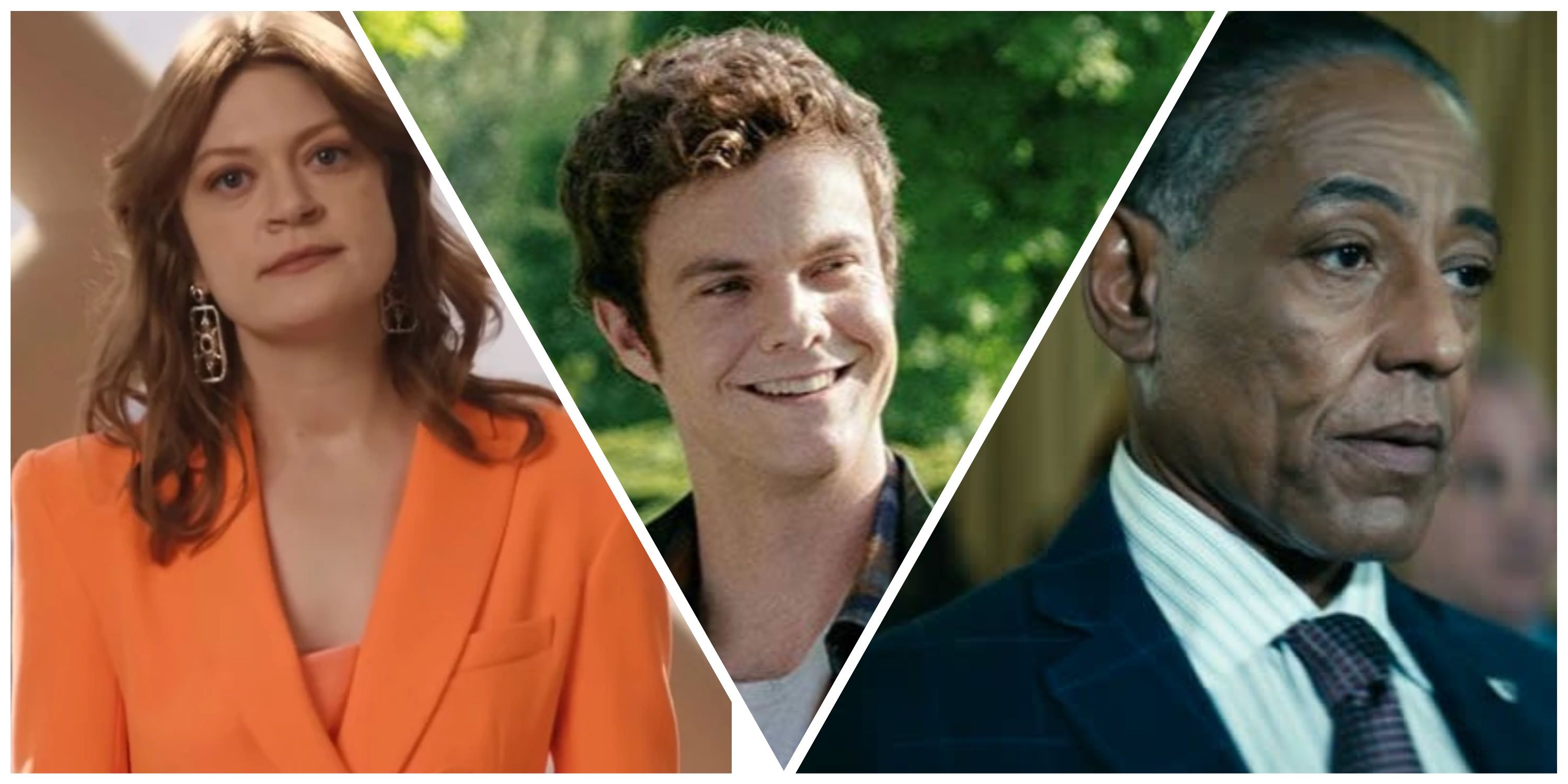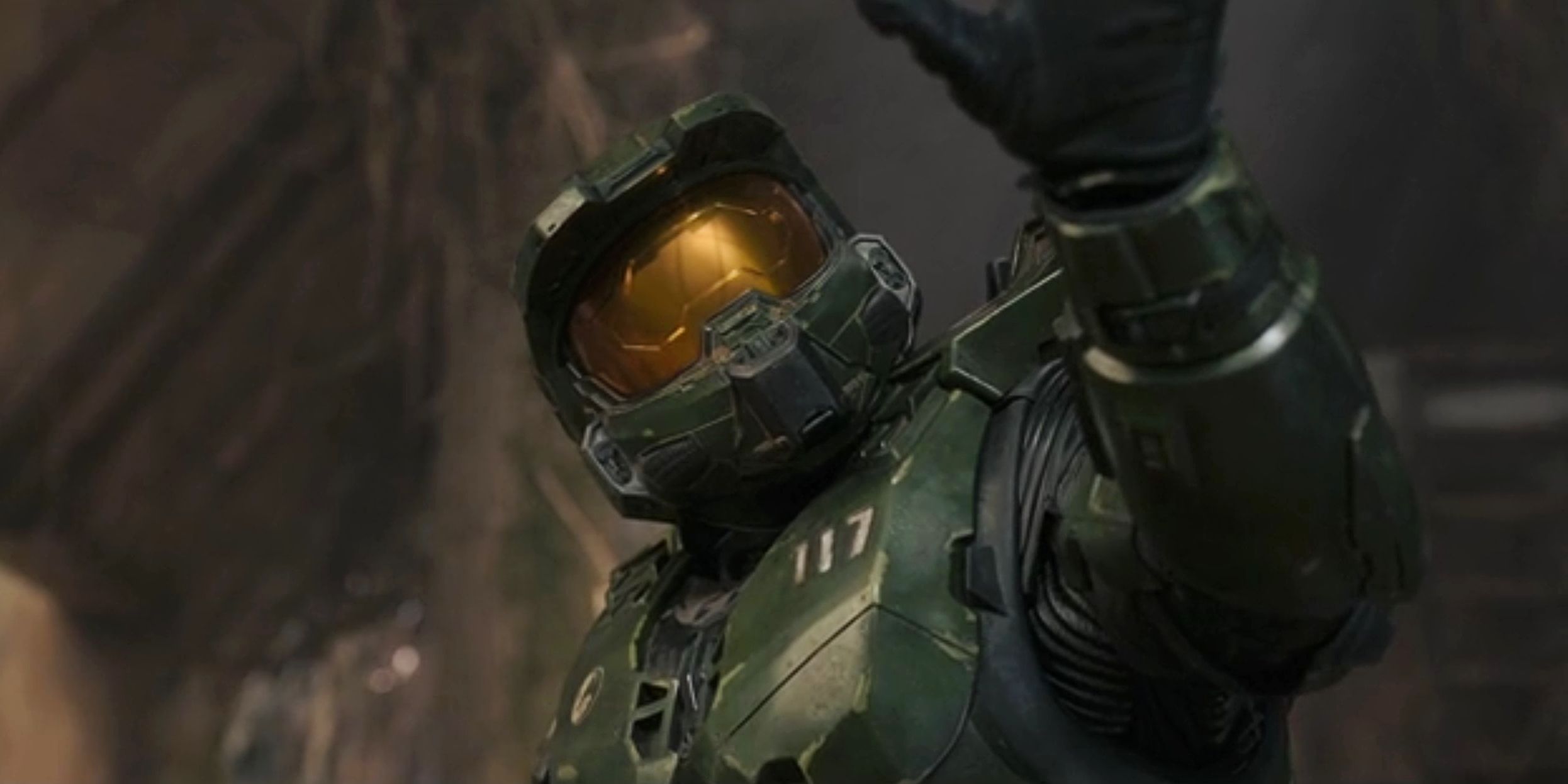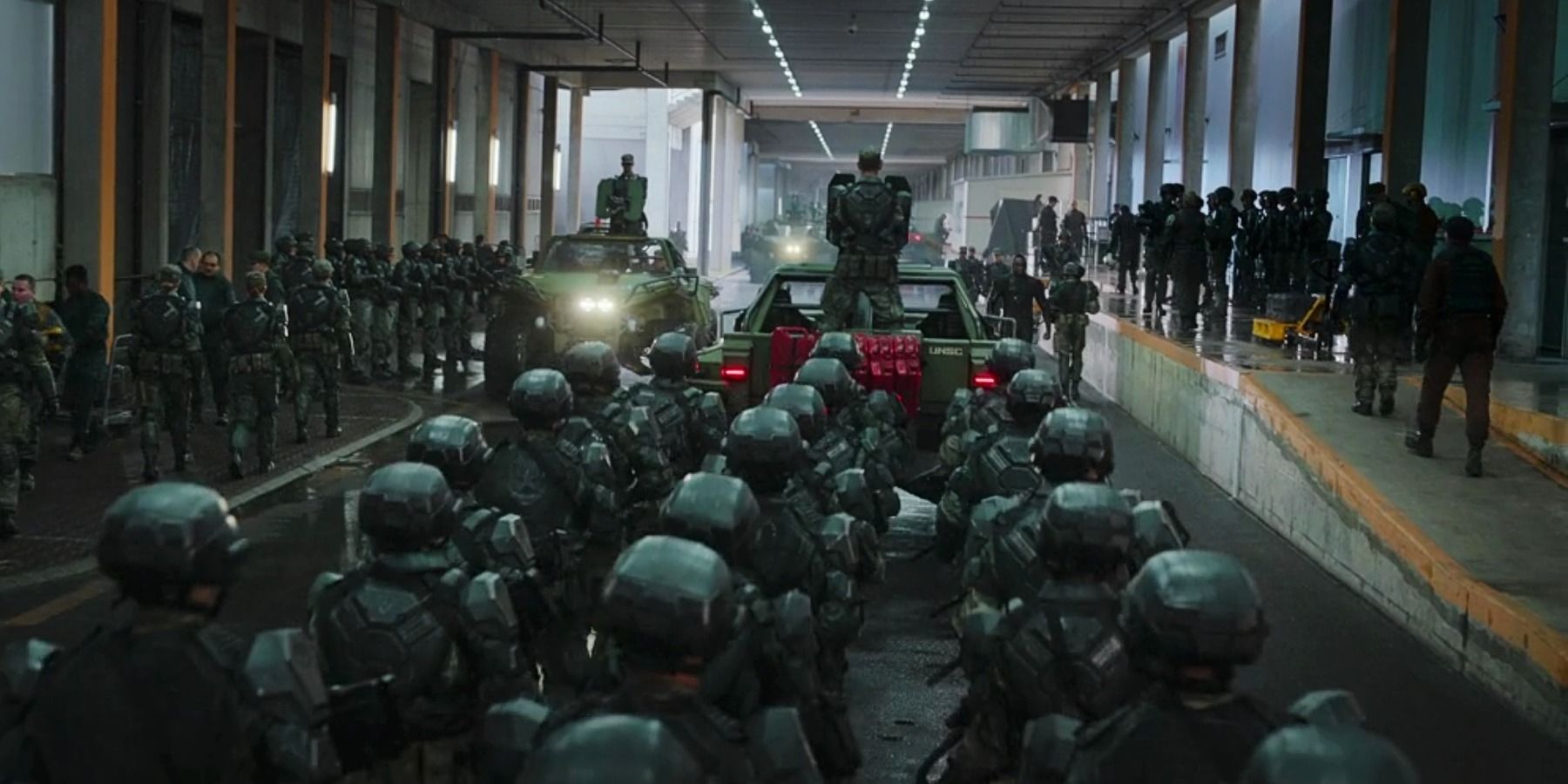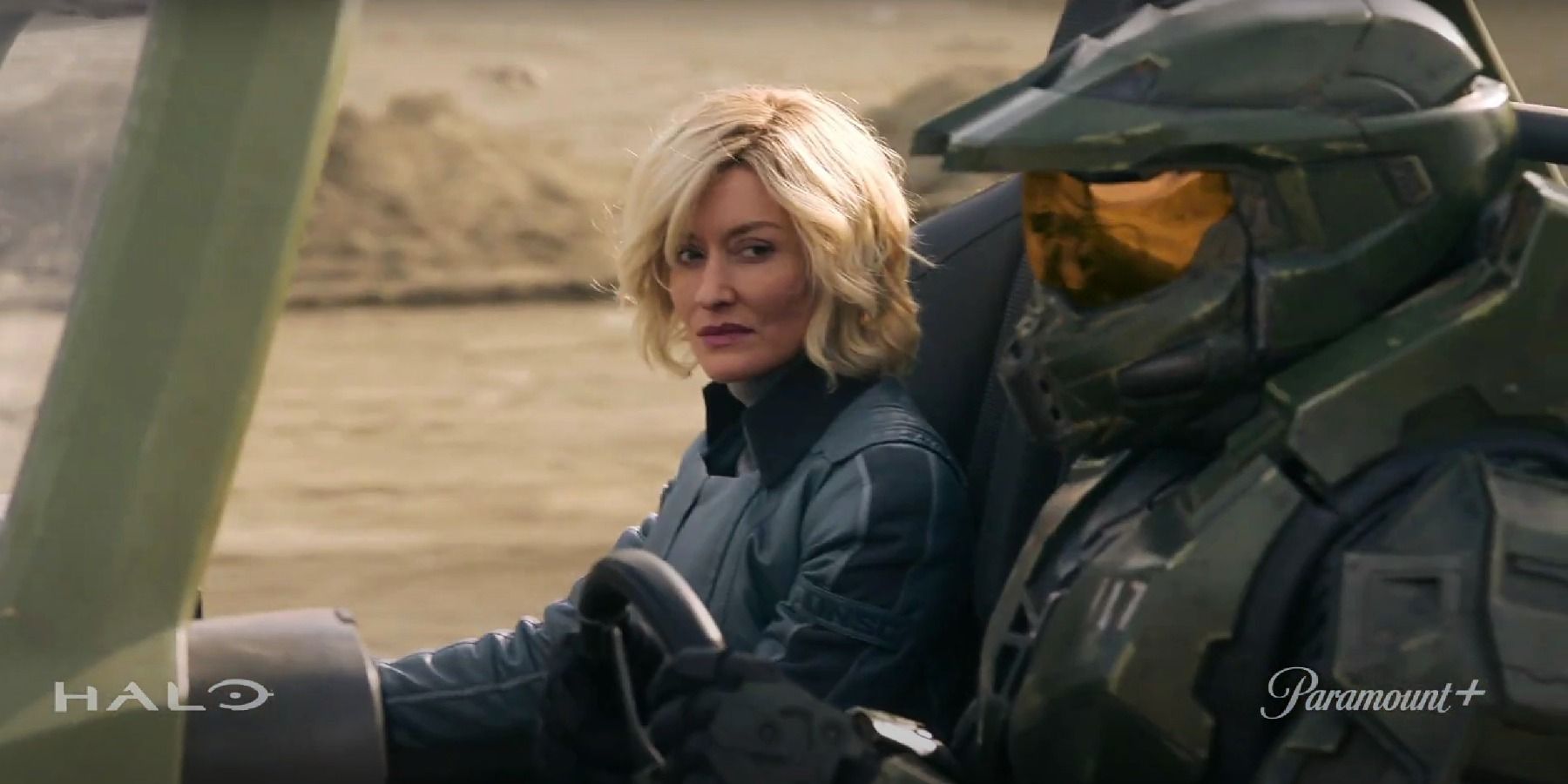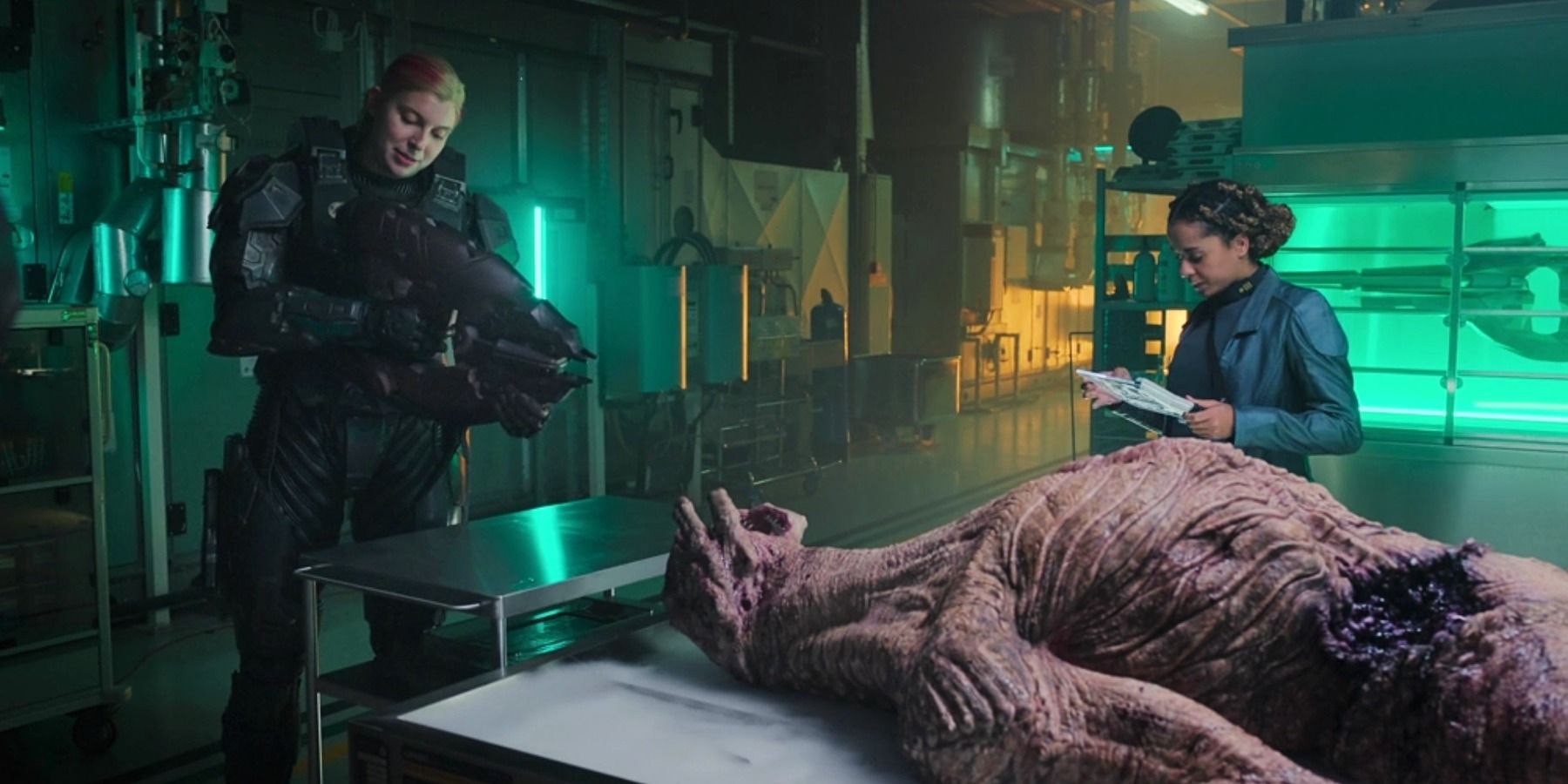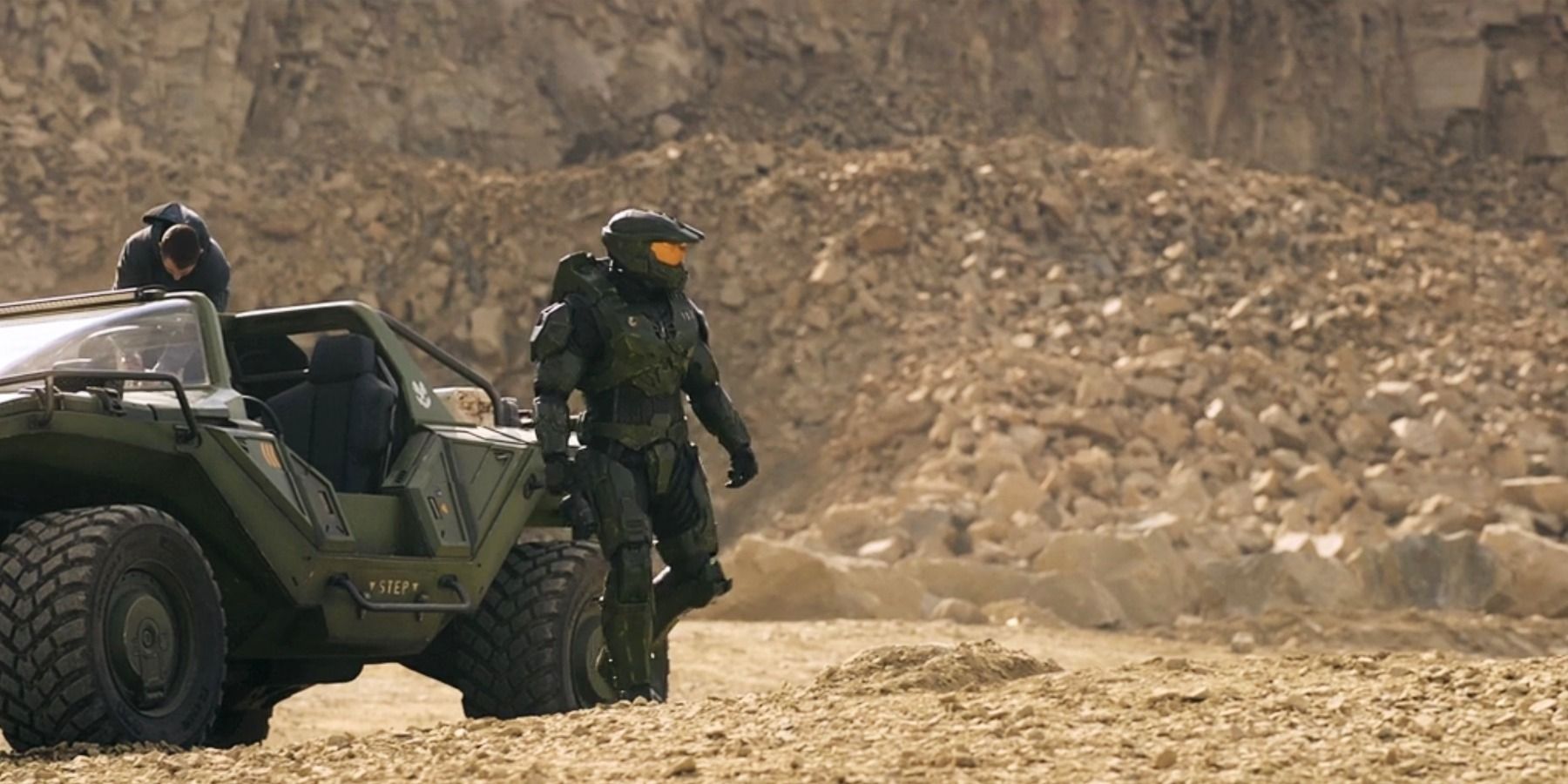The following article contains spoilers for the Halo television series.
The very popularity that made a Halo series possible was built back in the early 2000s when the first video game came out on the original Xbox. However, it’s arguable that interest in it was boosted by the fact that, at the time, television saw the rise of perhaps some of the most well-known series in the military sci-fi subgenre, namely Battlestar Galactica.
While Stargate SG-1 had been on the air for a while when Halo came out, it reached its prime around 2001. Master Chief then offered the quintessential FPS adventure, in which fans could live out a similar fantasy through the means of a much cooler interactive experience facing the Covenant aliens. A few years later, when Halo 2 was already one of the most hyped-up sequels in gaming, the franchise’s lore started to take form thanks to the published novels. It’s through a combination of all of these that Paramount Plus’ new show has accomplished the ancient goal of making live action Halo.
Every War Needs Hero And An Army
Like many legendary sci-fi series, Halo relies on a magnificent hero, in this case, an enhanced human super soldier that's designed to basically trample any opposition he comes up against. Through years of training, John-117 was fine-tuned to carry out the UNSC’s war against the Covenant. He is the representation of the almighty space marine, like many others of his video game buddies, such as Doom Slayer.
Master Chief fits the bill of not being a high-ranking officer, but merely a soldier meant to carry out the will of superiors. However, as part of the process to make Halo more appealing to a wider audience, TV’s Master Chief is his most emotional incarnation so far. Fret not, though — John is still a one-man army, as are his fellow Spartans. Yet unlike a typical protagonist, Dr. Halsey’s experiments render them almost robotic fighters whose emotional arc will probably be the biggest departure from the Halo games, especially now that Chief has met Cortana.
Beyond that, one of the most glaring differences from the games is the UNSC not being the sole beacon of hope and unanimous guidance for humans that it's portrayed as in the games. Instead, from its very first scene, the audience is clearly told that the UNSC doesn’t hold the universal support in many factions within the galaxy that oppose its regime and particular form of governing.
Like in any good piece of sci-fi, there are internal power struggles within the UNSC where Dr. Catherine Halsey, Captain Keyes, and their daughter Miranda all fight for various interests. They see the war differently, and that even applies to someone like Admiral Parangosky. Presenting these varying viewpoints is especially powerful in military sci-fi — much like in real-world conflicts, there's more than one side to every story.
Redeeming The Covenant Cause
It may be true that Master Chief is seen as a genuine demon by the people of Madrigal. Nevertheless, credit cannot be taken away from the people that originally came up with that moniker, the Covenant. In military warfare, there is often little room for dissent; however, the Halo series tackles this limitation by inserting a genuine human as a vital piece of the dreaded alien invasion.
Makee is one of the most controversial newcomers in Halo because in the games, like in a great deal of military sci-fi, the enemy is provided with very little depth or nuance to justify their actions. Make no mistake, this is still a classic story of humanity trying to save itself by fending off the evil aliens. The Covenant are religious zealots, and this little girl sitting in as a reclaimer is a clever way of helping viewers see the war from the other side’s perspective at a point when it would still be too soon to introduce the Arbiter.
Halo is still a show about an apocalyptic space war, but by starting off so early in what would be the game’s original timeline, its prequel setting calls for changes to be made in how original canon is interpreted as a sci-fi work. The show is not exactly meant to adapt the Halo's plot directly into military sci-fi for streaming. Quite the contrary — at times it feels like it’s a sci-fi story that was written beforehand and later tweaked to fit in with elements from the Halo story.
At the moment, there are both positive and negative conclusions to draw from this approach. This Master Chief is not Halo: Combat Evolved-through-3 Chief; rather he’s more like a more layered version of the man he transforms into after that, less of a video game super soldier and more like a genuine sci-fi protagonist. Sure, this means John has to take his clothes off, but let’s face it — FPS Master Chief isn't really that interesting.
Halo the TV series is currently available on Paramount Plus.

